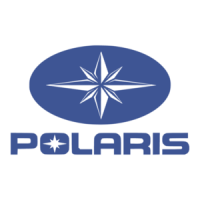Why is my Polaris msx 150 Boat engine overheating?
- PPhillip AyalaSep 12, 2025
If your Polaris boat engine overheats, several factors could be the cause. A clogged jet pump intake can lead to overheating, so clean the intake. If you are using non-recommended fuel or oil, replace it with recommended fluids. Sand or debris in the cooling system can also cause overheating; flush the cooling system. Inspect and clean the cooling system if it is plugged. Also, clean the orifice fitting if the exhaust pipe is clogged.


